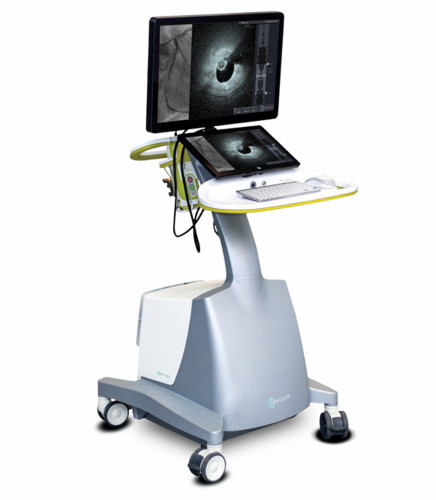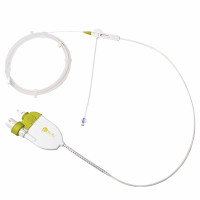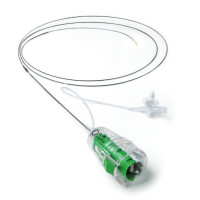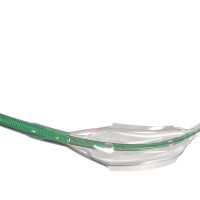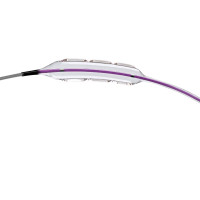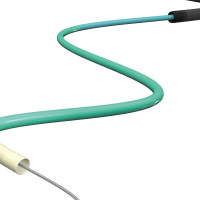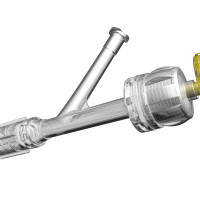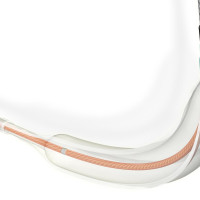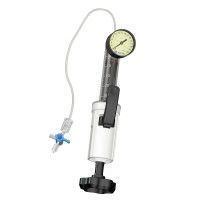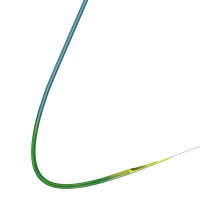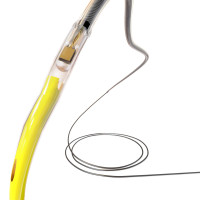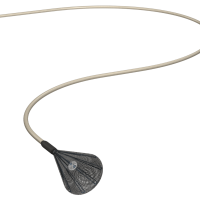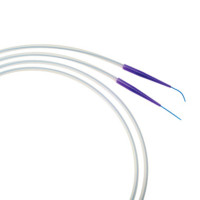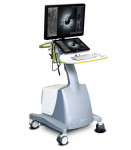
Nipro is dedicated to offer interventional cardiologists high-quality imaging of the vascular system. Nipro owned Gentuity’s HF-OCT imaging console comes with an exclusive application software for high-resolution intracoronary imaging. It works proficiently with Vis-Rx Micro-Imaging Catheter. The combination of the imaging console and the micro-imaging catheter delivers massive pre-intervention insights.
- Move the console easily between multiple cath lab rooms
- Dual monitors display angio and HF-OCT in a synchronized view
- Top monitor can swivel fully, perfect for physicians
- PIM easily mounts to the bedrail which is outside the sterile field
- Imaging speed : 250 frames per second
- Pullback length 50 or 100 mm
- Pullback speed 1 or 2 sec
- Mobile console, moves easily between multiple cath lab rooms
- Dual monitor display side-by-side angio and HF-OCT for synchronized review
- Top monitor designed for the physician, with full swivel for easy rotation
- Bottom monitor equipped with touchscreen functionality
- Gentuity PIM easily mounts to the bedrail, outside the sterile field
Gentuity® HF-OCT Imaging System Receives FDA 510(k) Clearance for Pre- and Post-Coronary Intervention Imaging
Intravascular Imaging Technology Featuring the World’s Smallest Imaging Catheter Now FDA Cleared for Pre- and Post-Intervention Use.
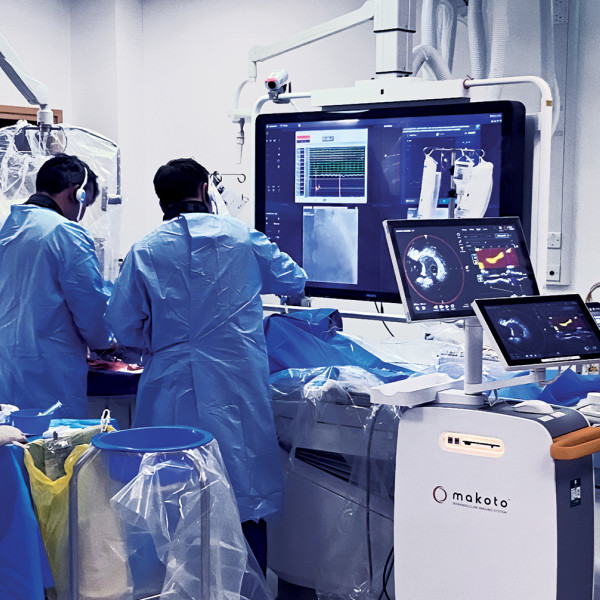
Frequently Asked Questions (FAQs)
OCT (Optical Coherence Tomography) is an imaging technique that uses light waves to capture high-resolution, cross-sectional images of coronary arteries, providing detailed information about the structure and composition of arterial plaques.
IVUS+NIRS combines ultrasound for structural imaging and NIRS for compositional analysis, focusing on identifying lipid-rich plaques. OCT provides higher resolution images of the arterial structure but primarily focuses on the microstructural detail rather than compositional analysis.
Availability can depend on the region and healthcare facility. OCT is widely used in many advanced cardiac centers due to its high resolution and detailed imaging capabilities, while IVUS+NIRS might be more specialized and available in centers focused on detailed plaque characterization.
Intracoronary imaging offers several significant benefits:
- Detailed Visualization: Provides high-resolution images of the coronary arteries, allowing for detailed assessment of plaque and vessel structure.
- Accurate Diagnosis: Enhances the accuracy of diagnosing coronary artery disease by providing more precise information than traditional angiography alone.
- Guided Treatment: Assists in guiding interventions such as stent placement, ensuring precise deployment and reducing the risk of complications.
- Plaque Characterization: Helps in identifying the composition of plaques (e.g., lipid-rich, fibrous), which is crucial for assessing the risk of plaque rupture and subsequent cardiac events.
- Improved Outcomes: Contributes to better patient outcomes by facilitating targeted treatment strategies and reducing the likelihood of restenosis (re-narrowing of the artery).
For information regarding Nipro products, services, and resource material:
| E-mail us [email protected] |
|
Submit a detailed inquiry: |
View our manufacturing locations: |

